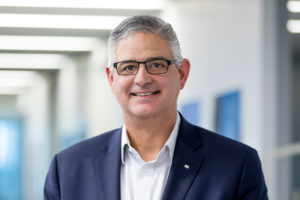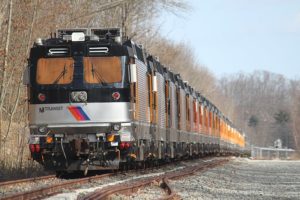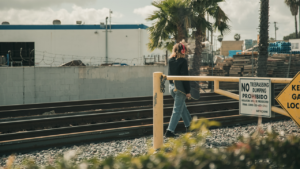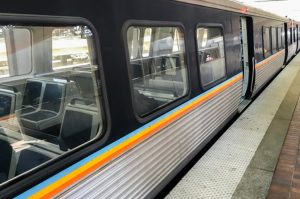Is Ottawa’s Trillium Line the most efficient single-track line in North America? One expert seems to think so
Written by RT&S Staff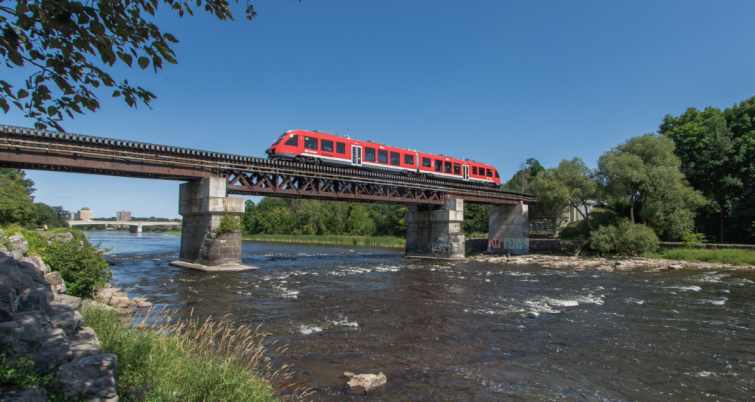
The new light rail line in the city of Ottawa, Canada, has finally been put on the map the way officials had hoped.
For months the rail line has been criticized for poor service due to mechanical failures, etc., but Christof Spieler, author of “Trains, Buses, People: An Opinionated Atlas of US Transit,” revealed his latest transit mapping on his Twitter page on Ottawa’s Trillium Line. Spieler calls the Trillium Line the most frequent commuter rail service in North America on a single track line, claiming the Bayview Station, located at the end of the line, sees more trains a day than San Francisco’s Caltrain station, which has 12 times as many tracks.
“As a train pulled in [the Bayview], you’d see the passengers get off and the operator leave her cab and switch ends,” Spieler says. “Eight minutes after arriving the train pulls out in the opposite direction. Four minutes after that, the next train pulls in, then leaves after another eight minutes. A train every 12 minutes.”
Spieler then offers up a play-by-play, following the train out of the Bayview Station.
“Just after leaving it reaches a passing siding, a short section of double track,” Spieler says. “It meets the next train. This isn’t the ‘wait in a cornfield and hope you move again sometime’ you may have experienced on Amtrak. The two [trains] are precisely scheduled to meet.”
After Bayview, the next station is Carling, which is just four minutes away, and then comes Carleton, which is the only double-track station on the line. Mooney’s Bay, another single-track station, is the next stop.
“And after that, another passing siding, where you meet another train,” Spieler describes. “And then, 16 minutes after Bayview, you pull into Greenboro, the final stop.”
The total trip consists of three short double-track segments where trains meet, and Spieler credits all-door boarding with level platforms, proof-of-purchase fares, trains that accelerate well and a good signal system for making it all possible.
“This is absolutely maximizing the infrastructure,” Spieler claims. “But, above all, it’s due to attitude. Usually, when a U.S. transit agency wants to improve a commuter rail line, they hire a consultant to come up with a plan for infrastructure, and in this case they’d come up with a few billion dollars for a double track.
“Instead, OC Transpo focused on service and just built the infrastructure they absolutely needed—three sidings in exactly the right places. They’re using smart operations rather than concrete to solve problems.”
For the latest news, go to www.rtands.com.


